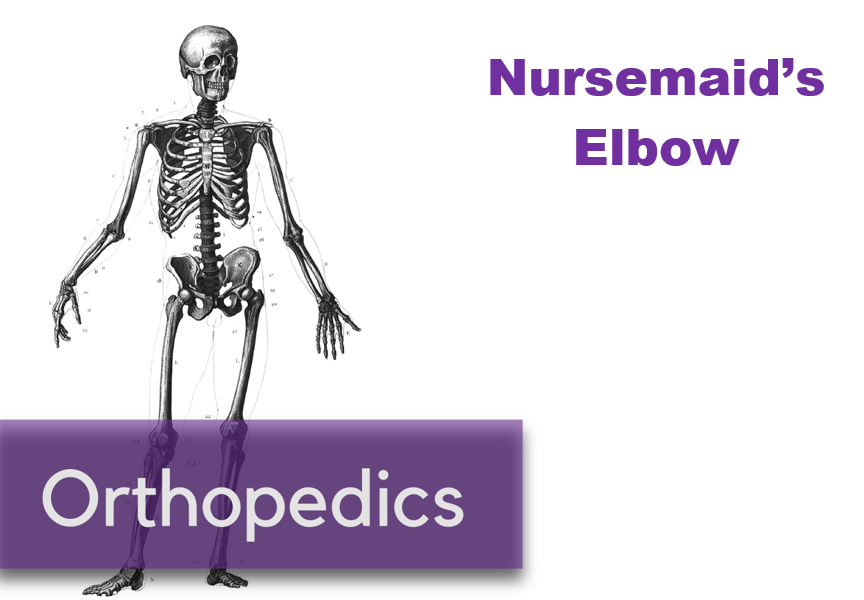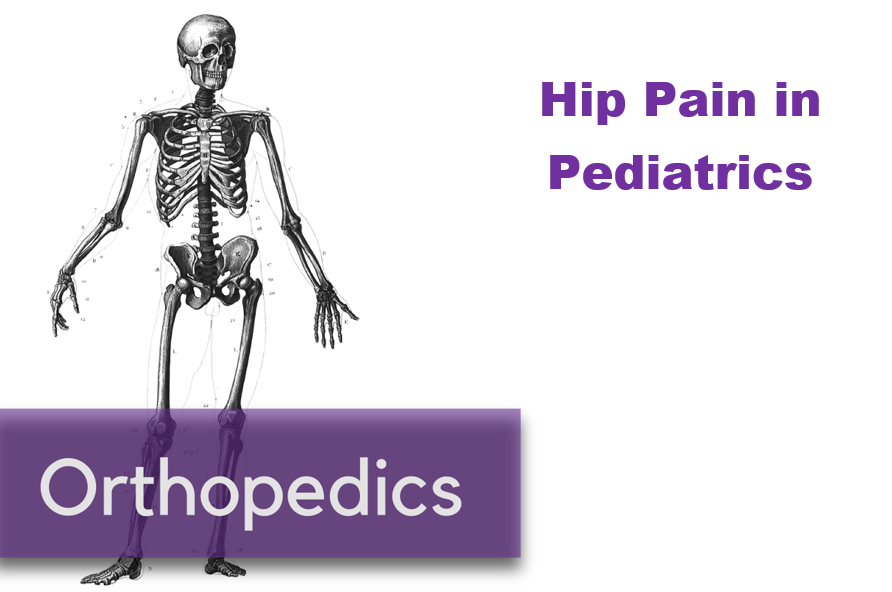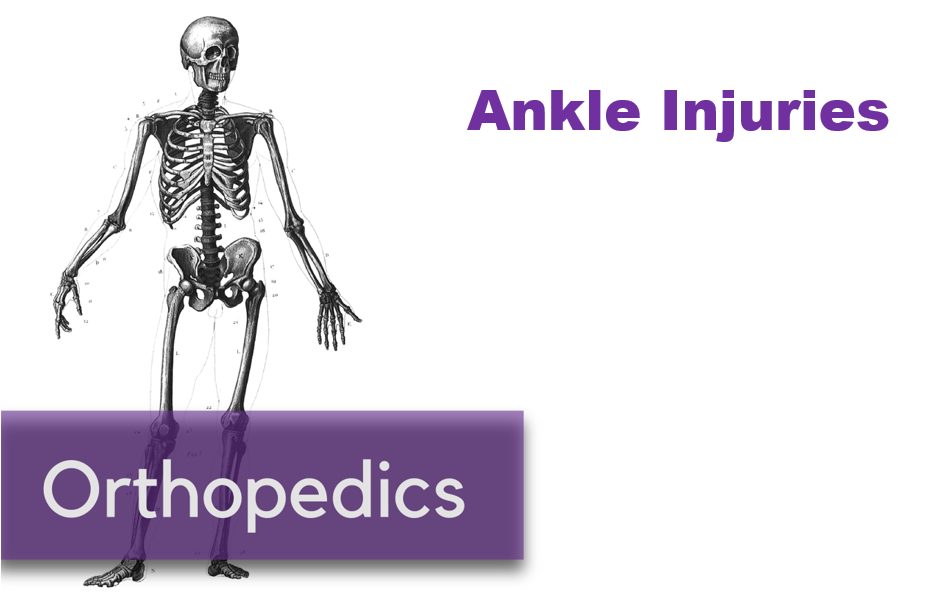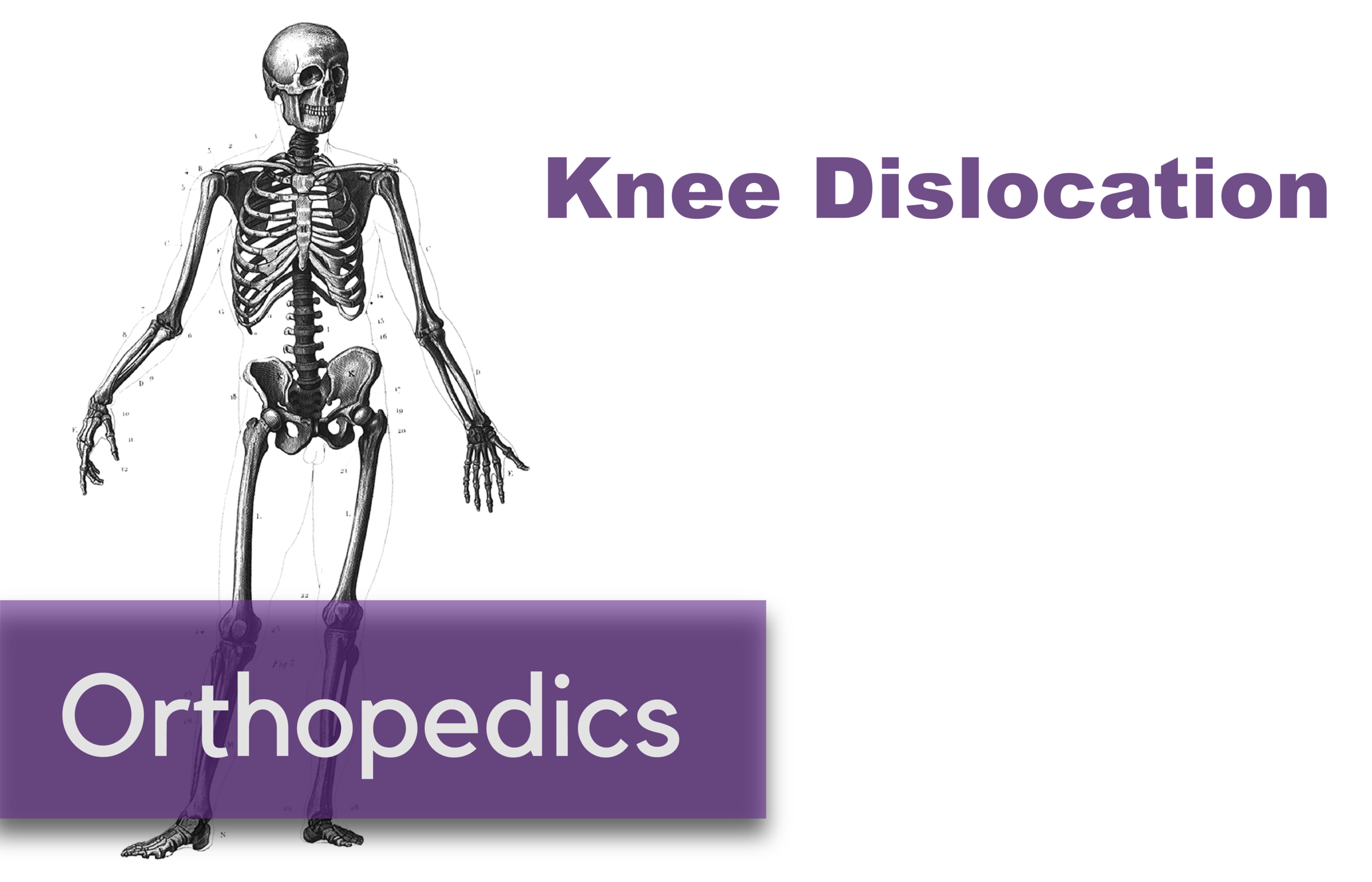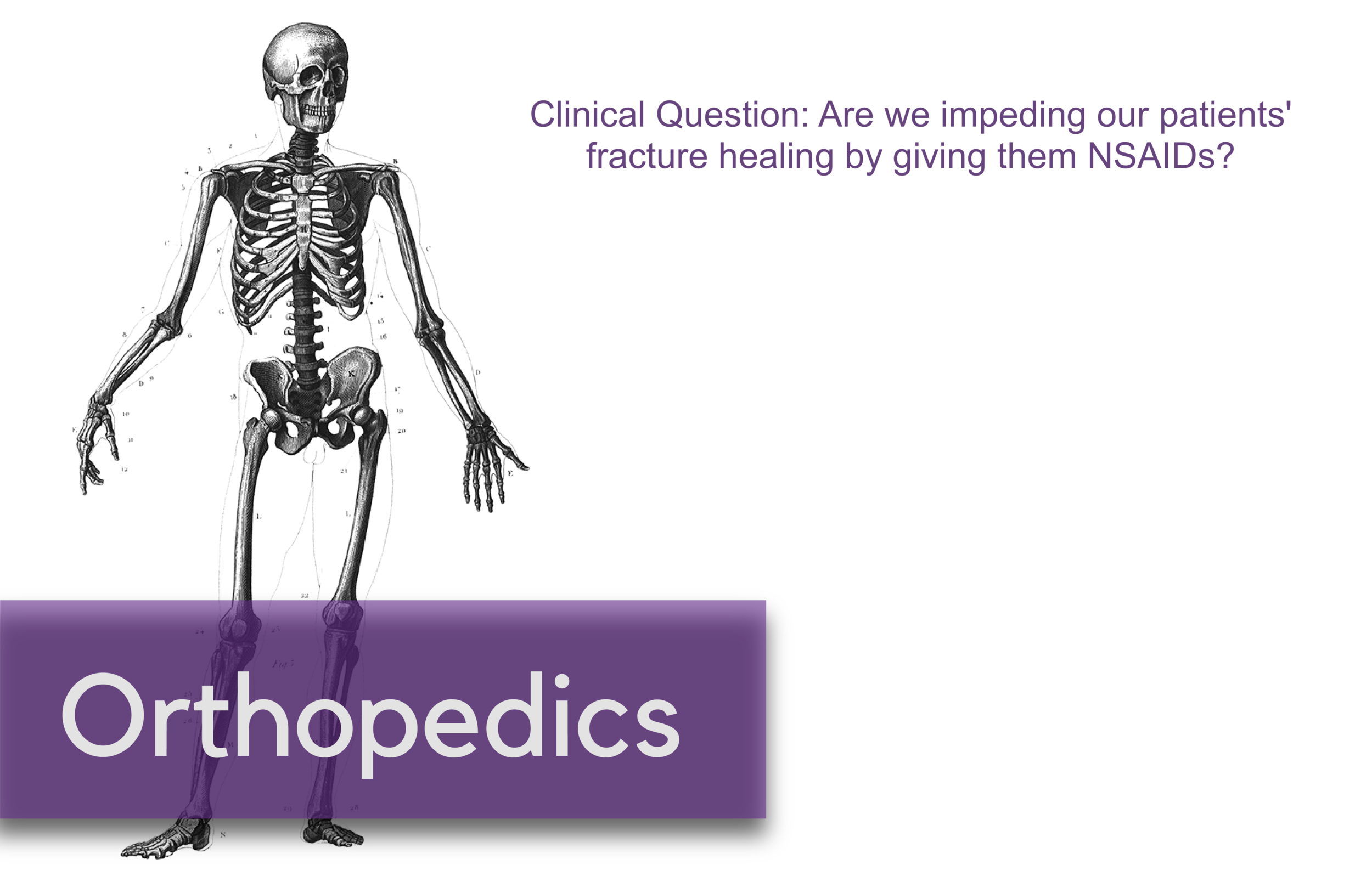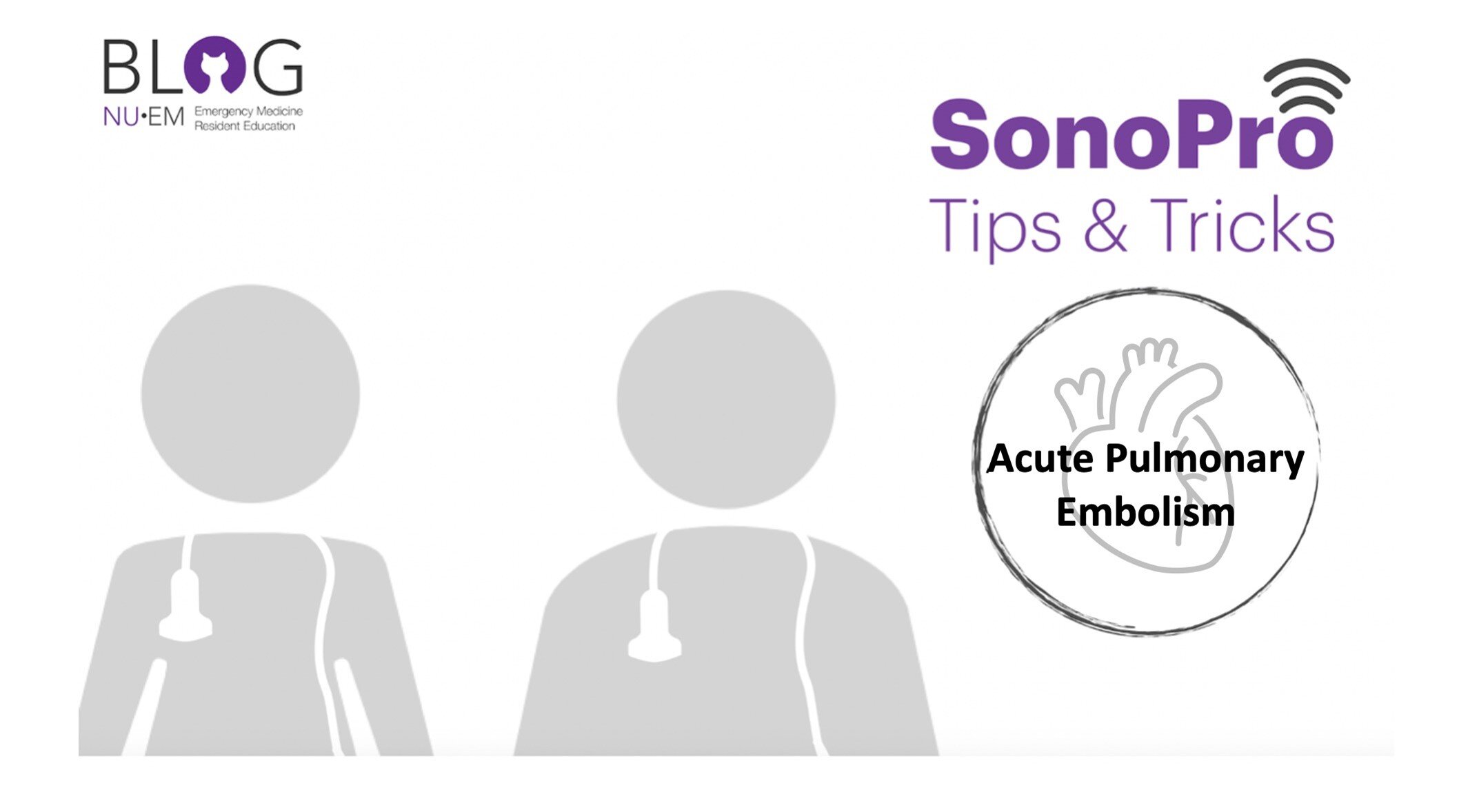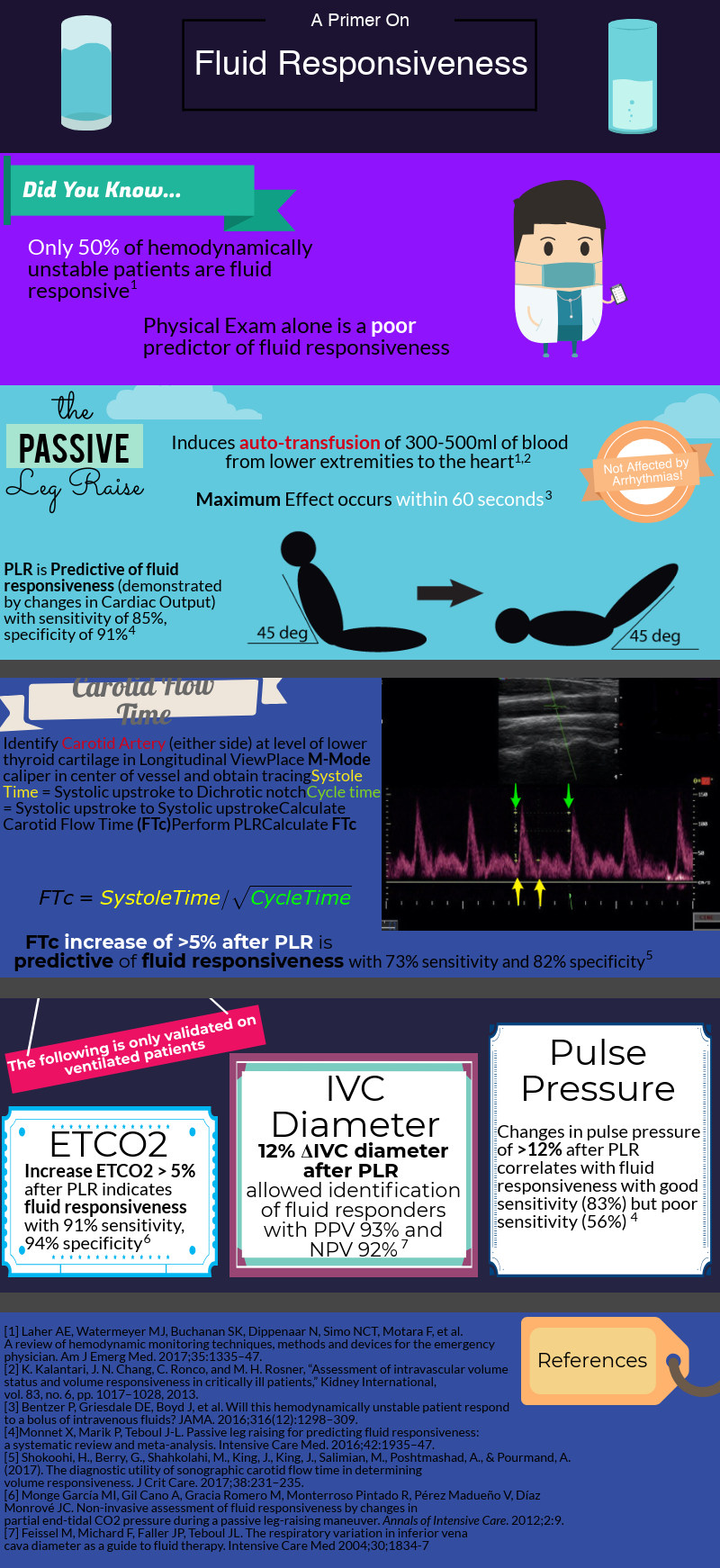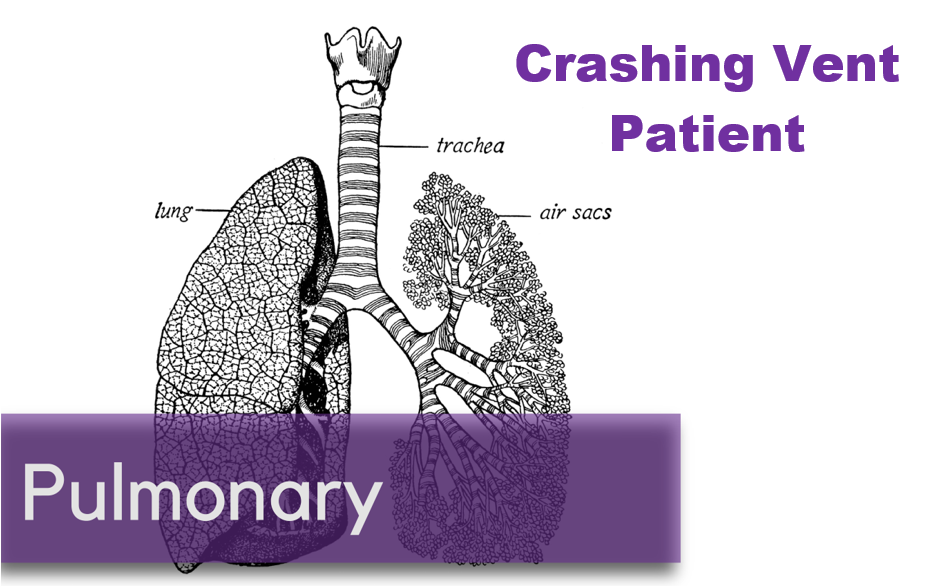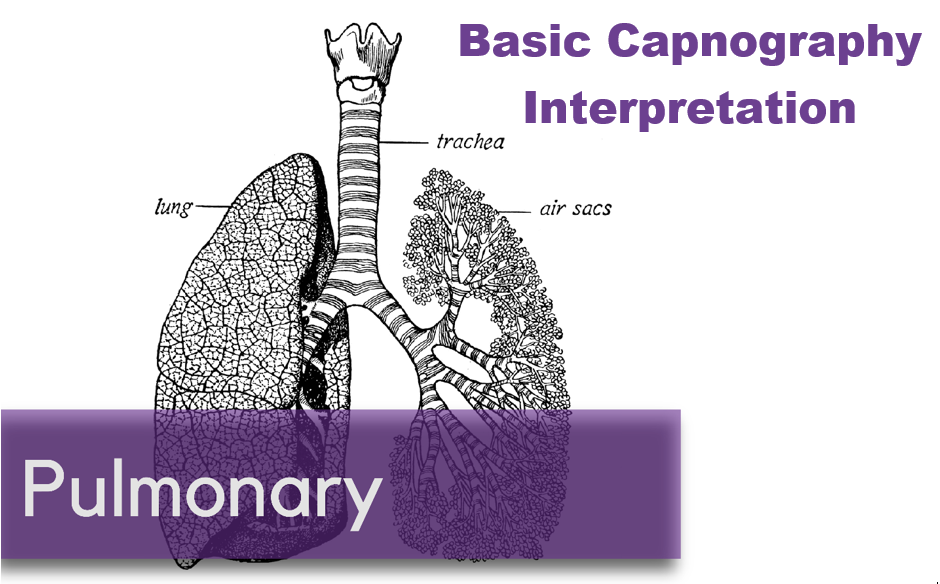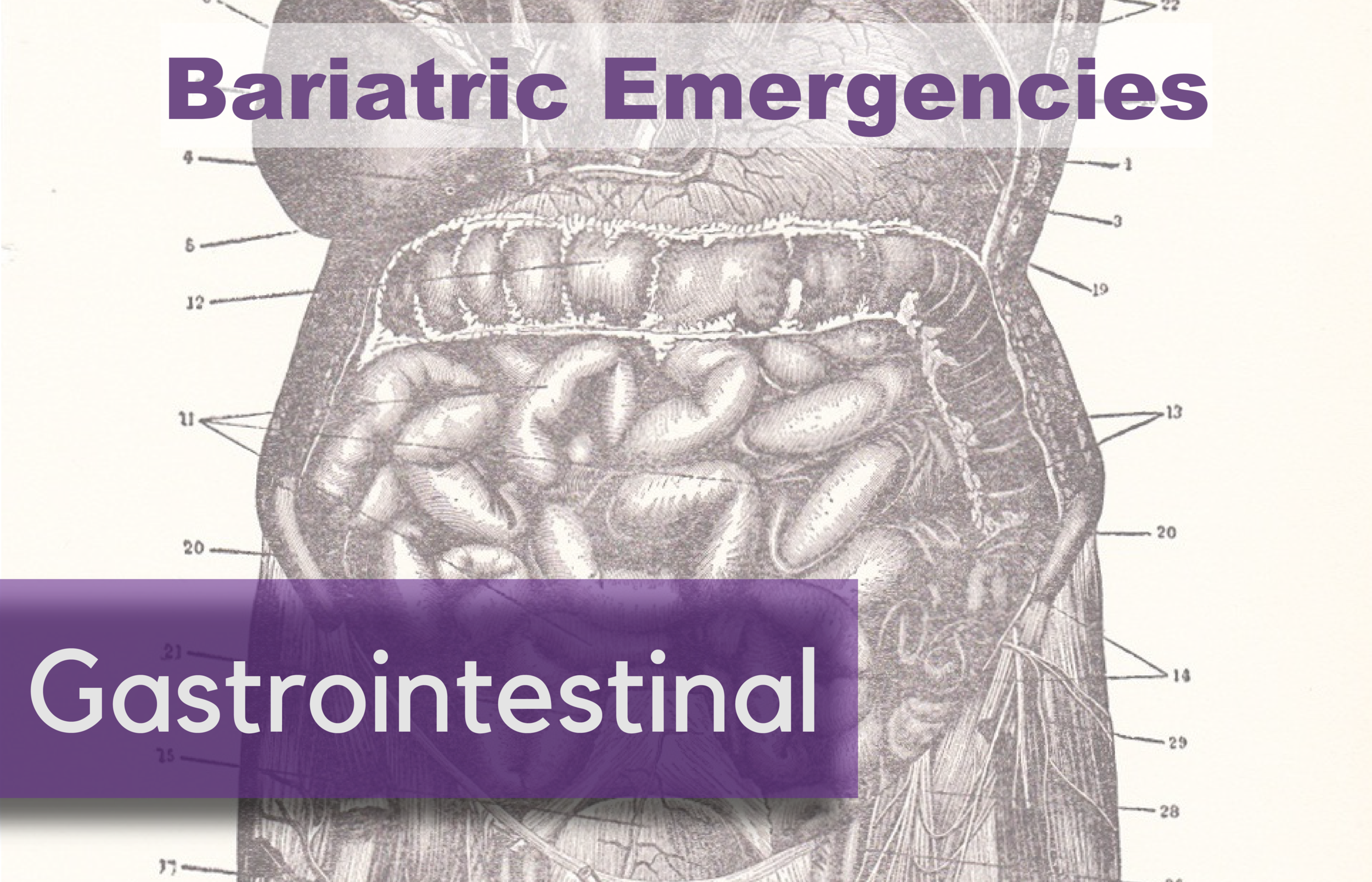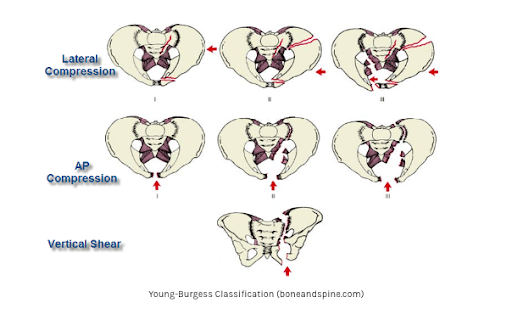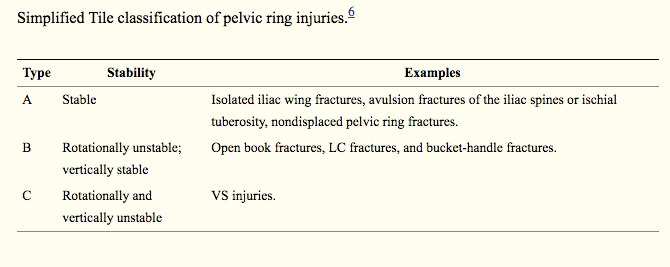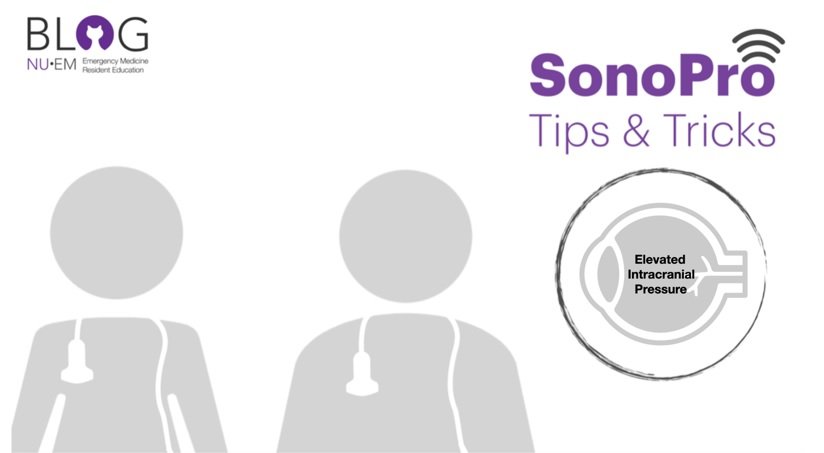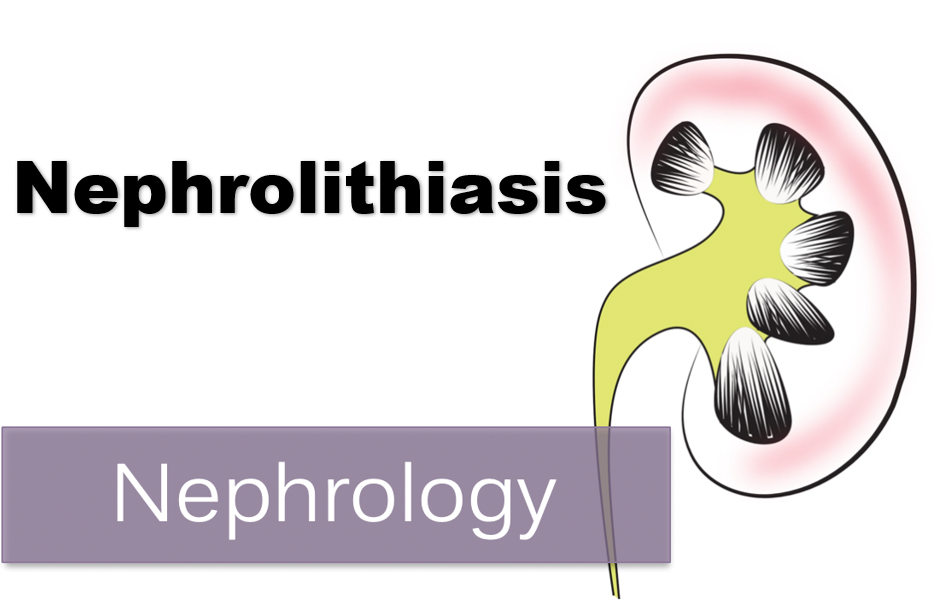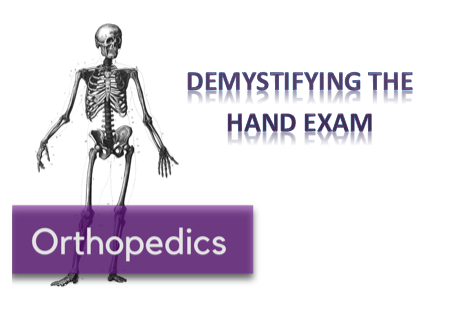Written by: Aaron Wibberly, MD (NUEM PGY-2) Edited by: Sarah Dhake MD (NUEM Alum ‘19 ) Expert commentary by: Justin Hensley, MD
Expert Commentary
Thanks for writing about one of the topics that isn’t frequently covered in emergency medicine. SCUBA isn’t terribly dangerous, but early recognition of the problems encountered in these patients can save lives.
First, barotrauma exists because of Boyle’s Law (P1V1=P2V2). There is no way to go around this law of nature, only ways to prevent negative outcomes.
Barotrauma mainly affects the ears but can also affect the sinuses or mask.
Mask squeeze is failure to maintain pressure in facemask as pressure increases. Signs include subconjunctival hemorrhages, lid edema, skin ecchymosis, hyphema, and orbital hemorrhage (1)
Both tympanic membrane ruptures and inner ear problems (round and oval window) can be very disorienting underwater, placing the patient in danger of ascending too quickly or not being able to find their way out.
In an unresponsive diver, the arterial gas embolism is assumed until proven otherwise. Alveolar barotrauma is a life threat that needs emergent treatment.
Decompression sickness is known as “the bends” because of caisson workers. It mainly affected the hips and knees, causing them to maintain a bent over stance. For reasons nobody has yet identified, SCUBA divers are affected in the shoulders and elbows.
The “chokes” are bubbles in the pulmonary and cardiac vasculature, and can cause a “mill wheel” murmur (splash, splash, splash).
Skin bends, known as cutis marmorata, may be related to bubbles in the vasculature, but there is some evidence that it may be centrally mediated and symptomatic of more severe DCS. It frequently causes itching. (2,3)
Neurologic DCS most commonly affects the spinal cord and causes 50-60% of sport diver casualties.
Knowing where your closest hyperbaric chamber exists is of utmost importance. Diver’s Alert Network (DAN) does not publish a database but maintains a referral network that you can speak to after emergency evaluation by calling their 24-hour DAN Emergency Hotline at +1-919-684-9111.
References:
1. Barron, E. (2018). The “Squeeze,” an Interesting Case of Mask Barotrauma. Air Medical Journal, 37(1), 74-75. doi: 10.1016/j.amj.2017.10.003
2. Germonpre, P., Balestra, C., Obeid, G. and Caers, D. (2015). Cutis Marmorata skin decompression sickness is a manifestation of brainstem bubble embolization, not of local skin bubbles. Medical Hypotheses, 85(6), pp.863-869.
3. Kemper TC, Rienks R, van Ooij PJ, and van Hulst RA. (2015). Cutis marmorata in decompression illness may be cerebrally mediated: a novel hypothesis on the aetiology of cutis marmorata. Diving Hyperb Med., 45(2), pp. 84-8.
Justin Hensley, MD
Founder and Editor of EBM Gone Wild
Quality Improvement/Assurance Director,
CHRISTUS Health-Texas A&M-Spohn Emergency Medicine Residency
How to Cite this Post
[Peer-Reviewed, Web Publication] Wibberly A, Dhake S. (2019, Aug 27). SCUBA Diving Injuries and Treatments. [NUEM Blog. Expert Commentary by Hensley J]. Retrieved from http://www.nuemblog.com/blog/scuba.


























